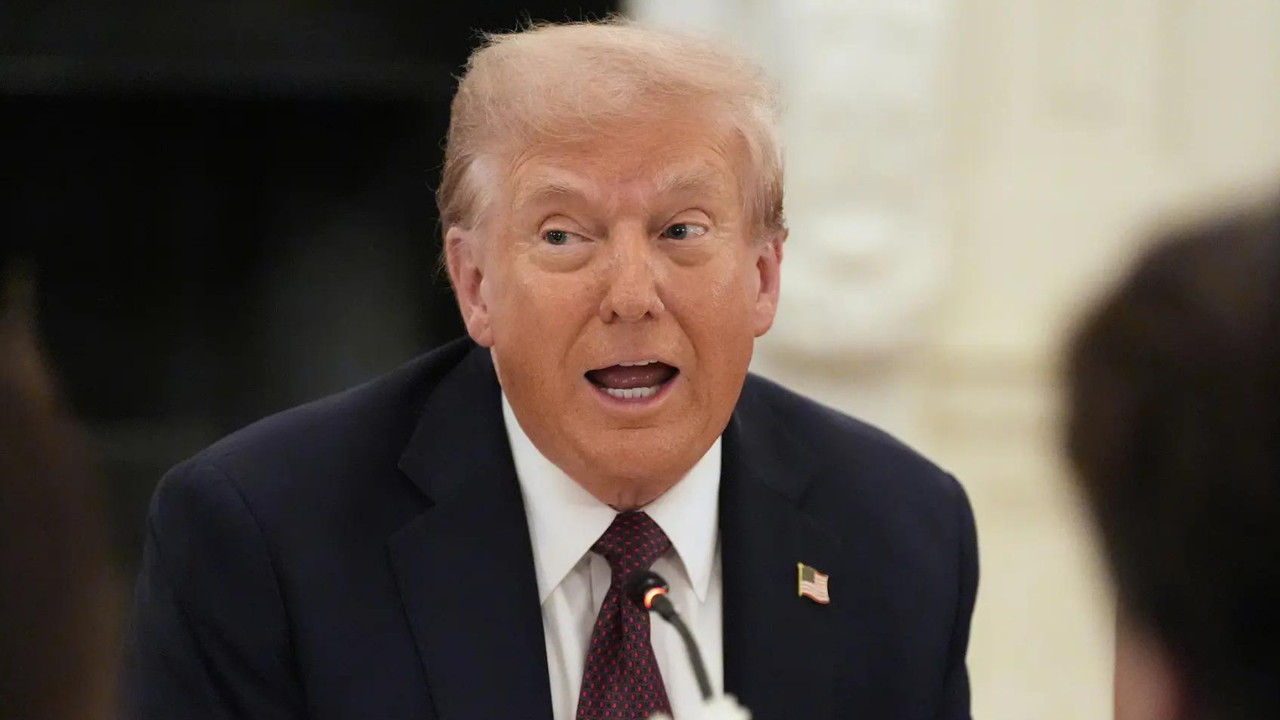The Supreme Court has agreed to expedite its review of the Trump administration’s global tariffs, scheduling a hearing for November. This decision follows a federal appeals court ruling that deemed the tariffs unlawful, asserting that Trump overstepped his authority by invoking the International Emergency Economic Powers Act.
Can a President Wield Unchecked Tariff Power? The Supreme Court Weighs In
The question of presidential power – how much is too much? – is once again before the Supreme Court, this time in the context of international trade. The justices have agreed to fast-track a review of a lower court decision that challenged the sweeping tariffs imposed by the Trump administration. This isn’t just some dry legal squabble; it’s a fundamental examination of the balance of power within the US government, and the implications could ripple through the global economy for years to come.
For those who remember the headlines, Donald Trump’s trade policies were characterized by aggressive use of tariffs, particularly against China. These weren’t surgical strikes, but rather broad levies on imported goods, justified under Section 232 of the Trade Expansion Act of 1962, which allows the president to impose tariffs for national security reasons.
Now, several businesses are contesting these tariffs, arguing that the former president overstepped his authority. They claim that Section 232 doesn’t grant the president carte blanche to impose tariffs based on a vaguely defined notion of national security, and that Congress, not the executive branch, holds the ultimate power over trade policy.
The core issue? Just how much leeway does a president have when invoking national security to justify economic actions? The Biden administration, while having tweaked some aspects of Trump’s trade policies, has defended the legality of Section 232. This suggests a broader, bipartisan acceptance of the executive branch’s ability to act swiftly, even if it means bending existing trade agreements.
The Courts and the Scope of Presidential Authority
The case initially landed in the Court of International Trade, which sided with the businesses challenging the tariffs. The court essentially argued that while the president has some discretion under Section 232, it’s not unlimited. The Trump administration appealed, leading the case to the Supreme Court.
The Supreme Court’s decision to expedite the review signals the significance of the case. It’s not just about tariffs on steel or aluminum; it’s about the fundamental division of powers enshrined in the Constitution. If the Court upholds the lower court’s decision, it would rein in presidential authority on trade matters, potentially forcing future administrations to seek congressional approval for major tariff actions.

What are the Potential Implications of Limiting Tariff Power?
The implications of this case extend far beyond the specific tariffs imposed by the Trump administration. A ruling against the government could significantly alter the landscape of international trade policy. It could:
* Reduce Presidential Discretion: A narrower interpretation of Section 232 would require presidents to provide stronger justification for tariffs imposed on national security grounds. This could make it harder to use tariffs as bargaining chips in trade negotiations.
* Empower Congress: Returning more control over trade policy to Congress could lead to more predictable and potentially less volatile trade relations. However, it could also slow down the process of responding to perceived unfair trade practices.
* Impact Global Trade Relations: The US is a major player in global trade. How the Supreme Court rules could influence how other countries approach trade disputes and the use of tariffs. If the U.S. curbs its own tariff power, it may encourage other nations to do the same.
* Affect Businesses and Consumers: Businesses that rely on imported goods, and consumers who ultimately bear the cost of tariffs, would likely welcome a reduction in presidential tariff power. This could lead to lower prices and more stable supply chains.
Beyond the immediate economic considerations, this case raises deeper questions about the role of the executive branch in the 21st century. In an increasingly interconnected world, where economic security is often intertwined with national security, how should we balance the need for swift action with the principles of checks and balances? For a deeper dive on checks and balances, consider reading our piece on [executive orders and their limits](internal-link-to-related-content).
The Supreme Court’s decision will undoubtedly be closely watched by businesses, policymakers, and legal scholars alike. It’s a high-stakes case that could reshape the future of American trade policy and the balance of power in Washington.
Looking Ahead: A Pivotal Moment for US Trade Policy
The Supreme Court’s upcoming ruling on presidential tariff power is more than just a legal decision; it’s a defining moment for the future of U.S. trade policy. The outcome will determine the extent to which a president can unilaterally impose tariffs in the name of national security, impacting businesses, consumers, and global trade relationships for years to come. By carefully weighing the arguments and considering the long-term implications, the Court has the opportunity to ensure that the balance of power between the executive and legislative branches remains intact, promoting a more stable and predictable trade environment.







